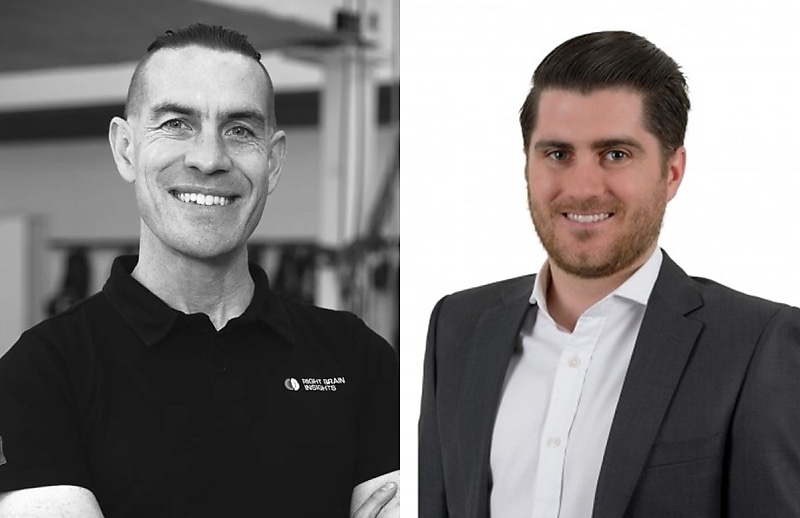‘Advisory is not for everyone’, but it’s important
BusinessNot all accountants have to be advisers, as all areas of the profession are important, yet advisory is an important piece of the accounting puzzle that effectively helps clients and businesses grow.

Two advisory experts have doubled down on the importance of advisory within the accounting profession and building trust with clients, yet understand it’s “not for everyone”.
At the Access All Areas event held yesterday (23 October) in Melbourne, Right Brain Insights founder and CFO David Maher and Hailston & Co head of advisory Dimitri Matsouliadis sat on a panel alongside Fathom’s sales lead, Gavin Fernandes, to highlight the benefit advisory brings to businesses of all sizes.
The overarching subject of the panel discussion was framed around ‘profit, cash and clarity: the advisory clients pay attention to’, with a key focus on a client’s goals, building trust, and understanding that advisory wasn’t for everyone, having shone through.
Matsouliadis said it was with “hard learning” he discovered that advisory wasn’t for everyone, as people sometimes only needed help with certain areas, such as tax and compliance.
“I guess two key areas where we see advisory not for everyone is one, if there’s a client that doesn’t really have a level of financial complexity, but two, also doesn’t have a desire for external support, doesn’t have a desire to maybe grow, maybe a desire to increase cash flow,” he said.
“Your typical accountant, who you probably know the one I’m talking about, their first question is, why am I paying so much tax when they’re not paying so much tax? Their only concern is the tax dollars going out.
“So yes, every business could potentially be an advisory client, but we’re preferring to do advisory that is not focused just on that.”
Maher agreed with this point made by Matsouliadis and said if you were to look at the subject from an accountant’s perspective, it was important to note that not all accountants had to be advisers.
“There’s really, really great, powerful advice inside the standard guardrails of accounting. Everything related to asset structure, wealth preservation, tax minimisation,” Maher said.
AI use in advisory
On another note, the pair were questioned by Fernandes on their thoughts and perspective about clients potentially getting their business advice online through social media or ChatGPT, rather than directly from the mouth of an adviser, to which mixed opinions were shared.
Maher said there were both pros and cons to this, as advisers were using it themselves to conduct research, explore potential avenues, and provide thorough advice, based on the answer to a question sometimes could not be specifically answered.
Matsouliadis said he was also using it within his advisory division, but coined it as a “thought partner… a sceptical thought partner”.
“I'd say it’s a sceptical thought partner. But to be on top of it is brilliant. You’ve got essentially a thought partner you can bounce off at any time, it gets back to you really, really quickly, and you don’t actually have to listen to what it’s saying,” he said.
“There’s certainly been times where we’ve had something come up or something we want to have a look at, and we’ll quickly ask a question and maybe we’ll get a particular insight that’s maybe slightly left of field that we weren’t thinking of.”
The human element of advisory
Despite AI being a somewhat useful tool and not all clients or businesses needing help with advisory, both Maher and Matsouliadis emphasised the crucial component of human support and connection.
In asking the two experts a question surrounding human support, Fernandes made the point it was important to realise that AI-enabled advisers and accountants would not replace them yet.
Matsouliadis noted he often saw with his own clients that the one thing they found the most valuable when it came to advisory was the “structured reoccurring support”.
“What I find really interesting is, particularly because there’s not a whole bunch of technical expertise that goes into setting up a monthly recurring meeting, is that level of support has been absolutely invaluable to our clients,” he said.
“It pains me a little bit because I didn’t build a big Excel model for the meeting. But, it’s something that our clients have found incredibly valuable.”
Maher said human support within advisory was the “most” important thing, as clients simply valued being able to pick up the phone and have someone on the other side to bounce ideas and thoughts off.
“It’s actually quite rare that we will jump into a spreadsheet and analyse some numbers for it. If you’re across the figures and the economics of the business, sort of the direction of the client, you can piece things together and often just address it with the client there and then in a conversation,” Maher said.
“What I would add to this one is understanding the ‘why’ with clients… it can sometimes get really deep, like trying to keep a family together, or trying to stop someone from killing themselves. If you follow it through 100 per cent, then the human element of advisory will never be replaced.”




